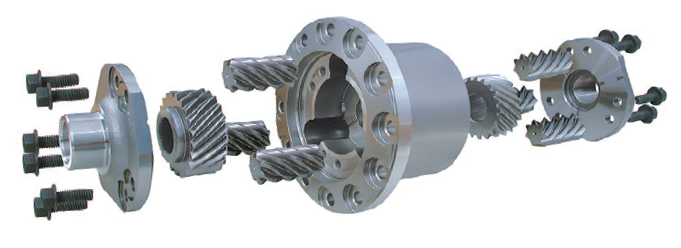
Q. I want to improve my Ford F-150’s off-road performance by adding Eaton Detroit Truetrac differentials front and rear. Are these differentials compatible with my factory electronic traction control system, or will I need to disable it?
A. Factory electronic (brake-based) traction control employs the ABS to brake the wheel that’s lost grip, in turn transferring torque to the wheel with traction. Additionally, engine power may be reduced via the electronic throttle body to prevent the driver from over-throttling. In most cases, modern traction control systems work great to keep you moving when crawling, climbing steep hills, and while traversing slippery, uneven surfaces and gravel.
However, in muddy terrain, reducing power to the wheels or stopping them from spinning may be counterproductive. Often, momentum needs to be maintained, and tires need to spin to clear the mud from the tread and find a solid grip underneath the surface. In these situations, turning traction control off (from your dash button) and relying on the Truetracs’ capability may be preferred.
A Truetrac differential’s parallel axis, planetary helical gears automatically distribute torque to each wheel. Under normal driving conditions, it performs like an open differential. In mud, snow, or loose gravel, imbalanced gear forces automatically transfer power to the wheel with the most grip, delivering instantaneous traction any time and at any speed without slowing wheel movement, complementing brake-based electronic traction control systems.
Whether you use Truetrac differentials with traction control engaged or disabled will depend on each situation. Either way, they’ll provide additional traction.

do they have em for f350s
Hey Steven, you didn’t mention what year or drivetrain, but Eaton does make these for the Ford 10.25/10.5, Dana 60, and Dana 80.
Will a Truetrack lock up driving the driveshaft if used in an axle with axle disconnect?